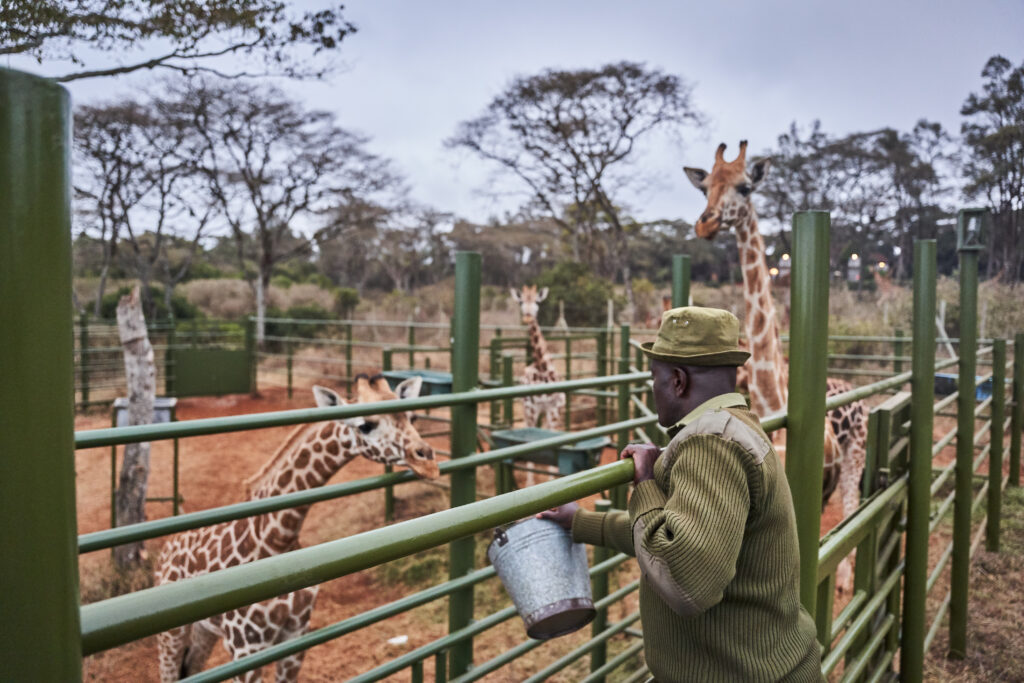Happy World Giraffe Day! Today, we celebrate and stand tall for the majestic giraffes, the tallest animals on Earth. Despite their towering presence, giraffes are facing a silent extinction. Organizations like the Giraffe Centre have been at the forefront of conservation efforts for over 41 years, working tirelessly to prevent this silent extinction. One of the key initiatives has been the rewilding of the Rothschild Giraffes, along with supporting research on giraffe conservation in Africa.
Ms. Consolata Gathoni, a student researcher published a research paper on the Activity Time Budget and Foraging Patterns of the Rothschild’s Giraffe in Lake Nakuru National Park. The research has provided invaluable insights into the behaviours, habitat, and ecosystem of the Rothschild giraffes.
The paper’s most significant finding was that:-
- Giraffes exhibit different behaviors based on gender, with bulls spending less time feeding and more time resting, while cows focus more on browsing.
- Giraffes prefer browsing in the morning and evening, with increased resting time in the afternoon.
- The Rothschild giraffes in Lake Nakuru National Park predominantly spend their time in the vachellia woodlands, with the remaining time divided between grasslands and bush woodlands.
- Specific tree species like Vachellia Gerrardis and Grewia Similis are only browsed during certain seasons, highlighting their dietary preferences.
- Male giraffes feed at higher points on trees, optimizing their access to leaf biomass.
- Factors such as reproductive requirements and basal metabolism contribute to the differences in foraging behavior between male and female giraffes.
Nutritional Concerns
- The debarking of Yellow Barked Acacia trees by giraffes in LNNP indicates nutritional deficiencies, leading to biodiversity loss.
- Giraffes consuming Maytenus Senegalensis during the wet season highlights their adaptability to changing nutritional needs.
Challenges Faced by LNNP
- Loss of forage space due to rising lake levels, resulting in a 2km loss of grazing land.
- Nutrient deficiencies in the park, evidenced by giraffes foraging on toxic plants like Solanum Incanum, posing a threat to other wildlife.
On this World Giraffe Day, let us pledge to continue our efforts to protect these graceful creatures and ensure a sustainable future for the Rothschild giraffes and their habitat.
#StandTallforGiraffes #ProtectTheGiraffes: Safeguarding Giraffes for a Sustainable Future 🦒✨
Photo by Brian Siambi

